Description
Ethylene Glycol: Understanding a Common Chemical with Serious Risks
Ethylene glycol, a clear, odorless, syrupy liquid with a sweet taste, is a ubiquitous industrial chemical with a wide range of applications. While it plays a vital role in various industries, its high toxicity poses significant health risks and necessitates careful handling and awareness. Understanding the uses, potential dangers, and safety precautions associated with ethylene glycol is crucial for professionals and the general public alike.
What is Ethylene Glycol and Where is it Found?
Ethylene glycol (C2H6O2) is a simple alcohol manufactured from ethylene. Its key properties, including its low freezing point and high boiling point, make it a valuable component in numerous products:
- Antifreeze and Coolant: The primary use of ethylene glycol is as an antifreeze and coolant in automotive engines. It prevents water from freezing in cold weather and raises its boiling point, preventing overheating in hot conditions.
- De-icing Fluids: It’s also used in de-icing fluids for airplanes and airport runways.
- Industrial Applications: Ethylene glycol serves as a raw material in the production of polyester fibers, resins, and certain plastics.
- Heat Transfer Fluids: It’s employed in heat transfer systems like solar water heaters and geothermal systems.
- Hydraulic Brake Fluids: Though less common now, it has been used in hydraulic brake fluids.
The Danger Lies in its Toxicity:
Despite its widespread use, ethylene glycol is highly toxic if ingested. The sweet taste can be deceiving, and accidental or intentional consumption can lead to severe health consequences and even death.
How Does Ethylene Glycol Affect the Body?
When ingested, ethylene glycol is metabolized in the liver into toxic compounds that damage vital organs, particularly the kidneys, brain, and lungs. The progression of symptoms typically unfolds in three stages:
- Stage 1 (30 minutes to 12 hours): Initial symptoms resemble alcohol intoxication, including slurred speech, dizziness, nausea, vomiting, and a lack of coordination.
- Stage 2 (12 to 24 hours): Cardiopulmonary issues emerge, such as rapid heart rate, high blood pressure, and fluid accumulation in the lungs, leading to breathing difficulties.
- Stage 3 (24 to 72 hours): Kidney failure develops as the toxic metabolites damage the kidneys. This can lead to anuria (lack of urine production), lower back pain, and ultimately, death.
Treatment and Prevention:
Prompt medical attention is crucial if ethylene glycol poisoning is suspected. Treatment typically involves:
- Supportive Care: Maintaining vital signs, administering fluids, and providing respiratory support.
- Antidotes: Fomepizole and ethanol are antidotes that compete with ethylene glycol for the enzyme that metabolizes it into toxic compounds.
- Hemodialysis: This process filters the blood to remove ethylene glycol and its toxic metabolites.
Prevention is paramount:
- Storage: Ethylene glycol should be stored securely in clearly labeled, child-resistant containers, out of reach of children and pets.
- Handling: Wear appropriate protective gear, such as gloves and eye protection, when handling ethylene glycol.
- Disposal: Dispose of used antifreeze properly at designated recycling centers. Never pour it down drains or onto the ground.
- Education: Educate children, pets, and vulnerable individuals about the dangers of ethylene glycol.
Conclusion:
Ethylene glycol is a valuable chemical with numerous industrial applications. However, its high toxicity demands respect and strict adherence to safety precautions. By understanding the risks, implementing preventive measures, and seeking prompt medical attention in cases of suspected poisoning, we can minimize the potential harm associated with this ubiquitous, yet dangerous, chemical. Ongoing research and development aim to find safer alternatives for many of its applications, further mitigating the risks associated with ethylene glycol.

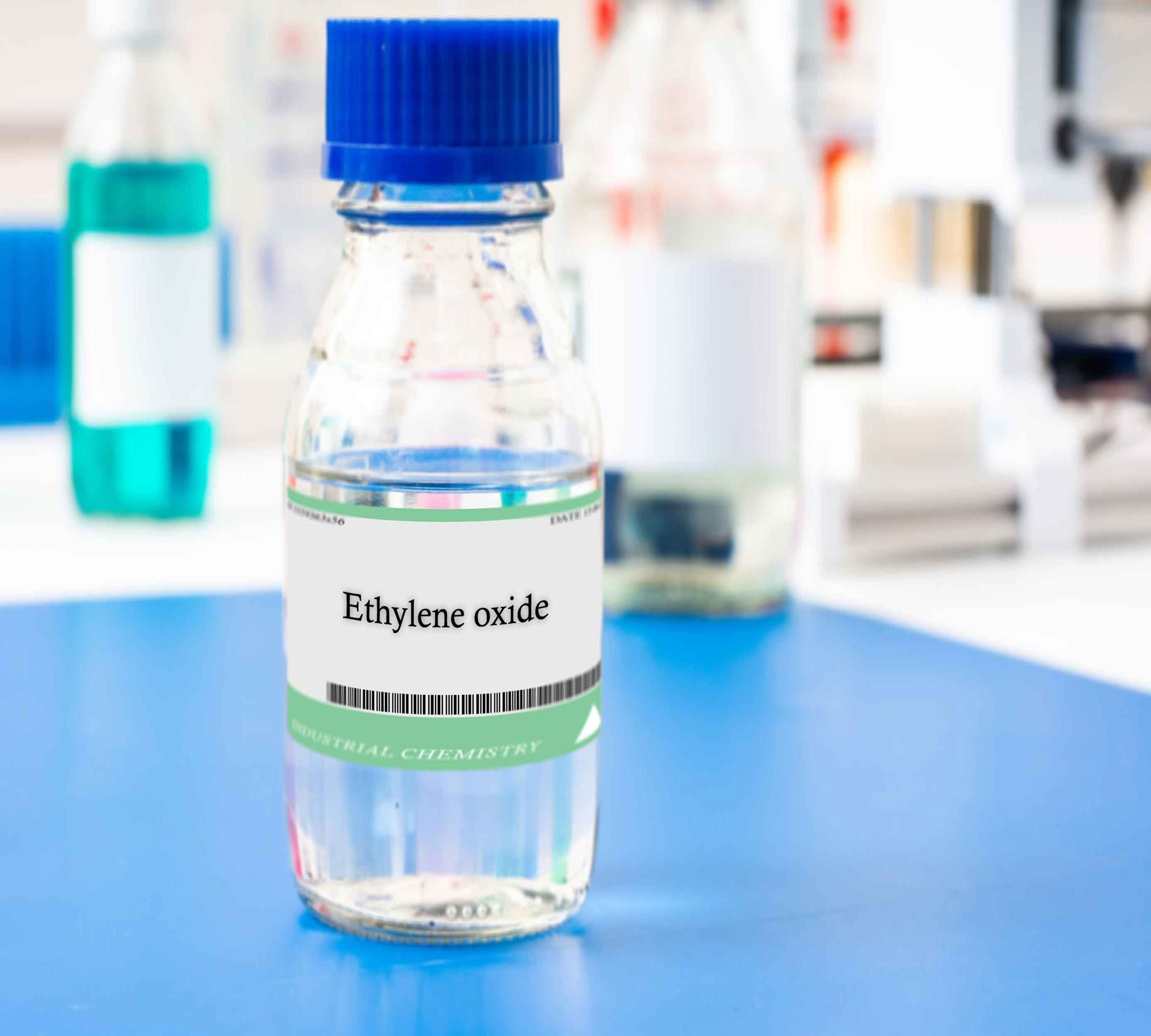
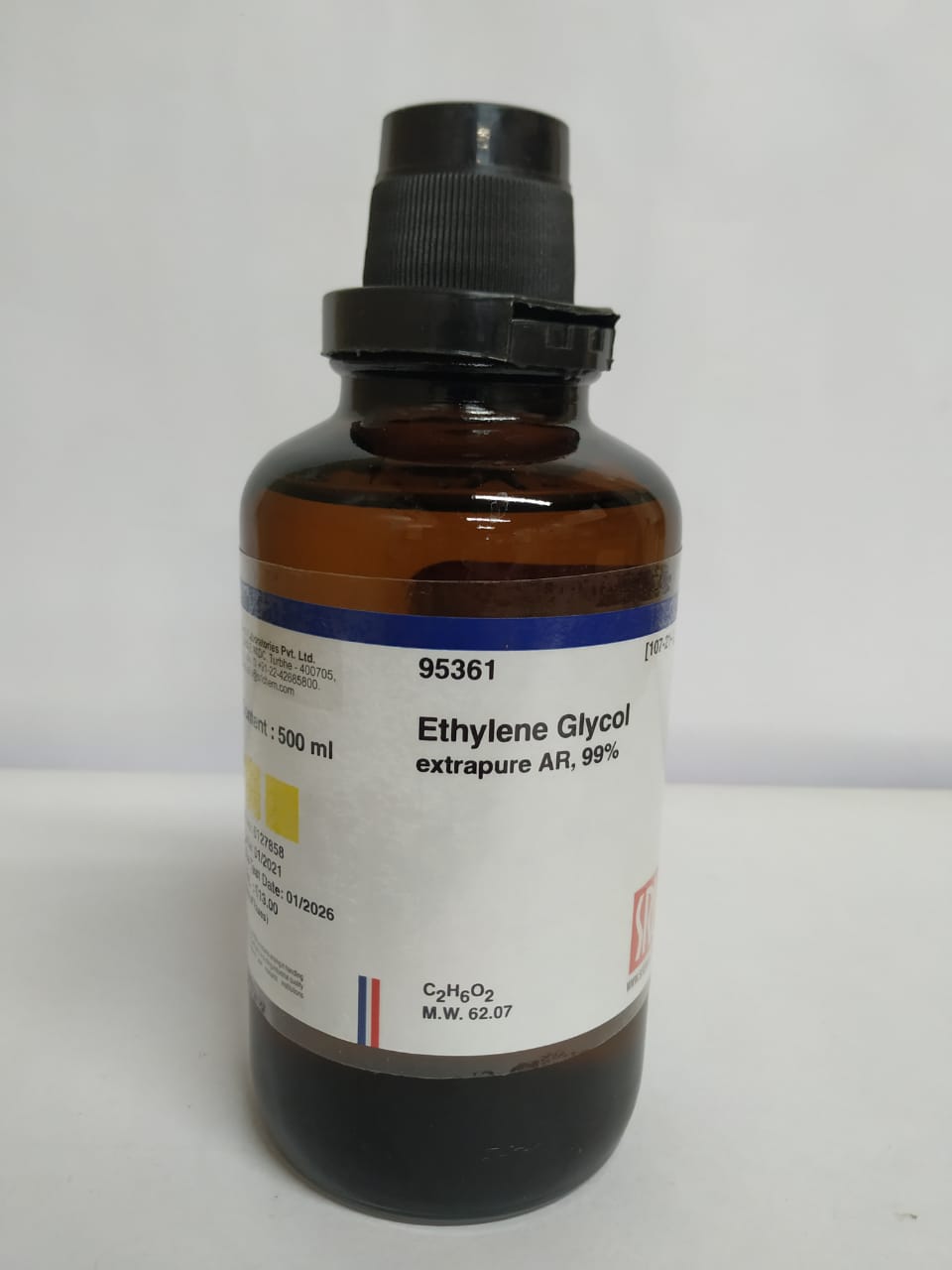


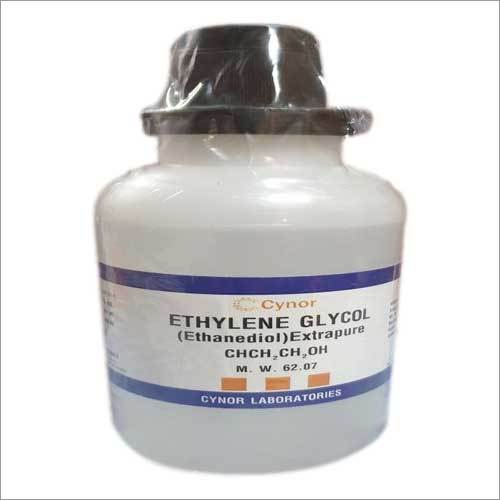



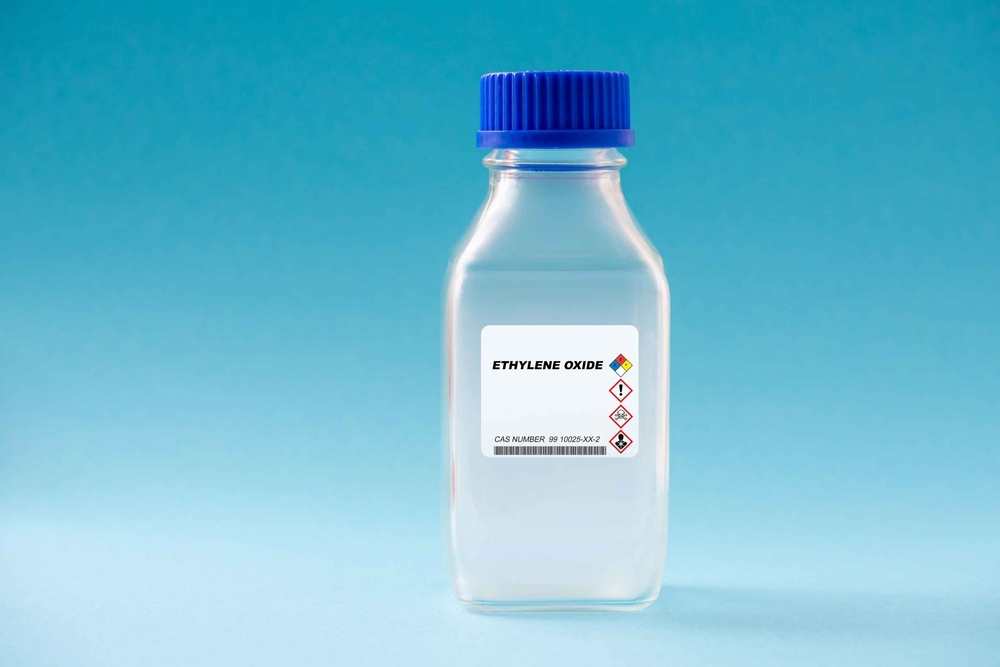
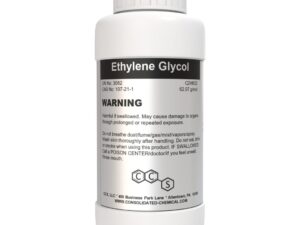


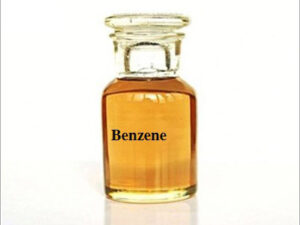
Reviews
There are no reviews yet.